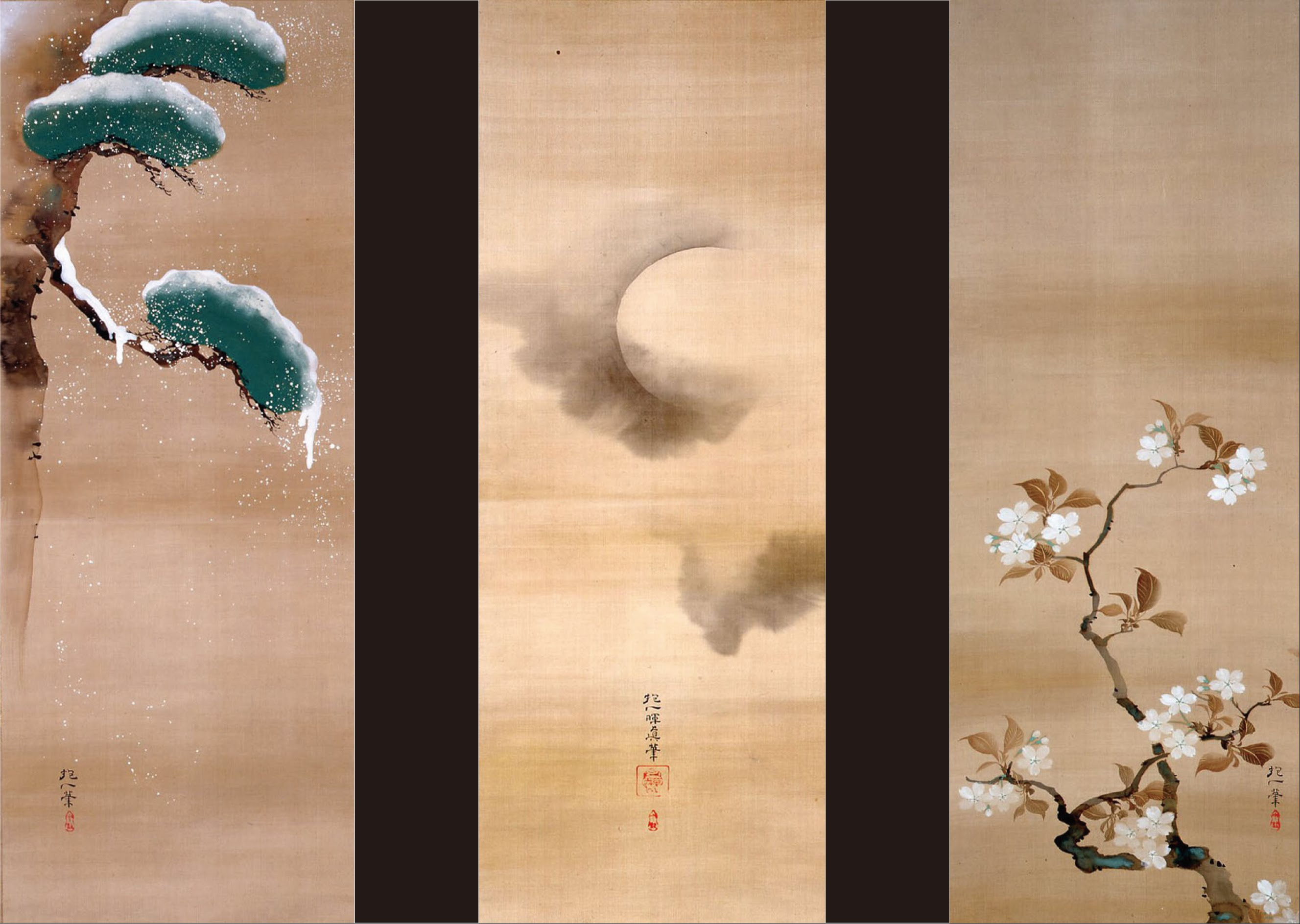Ma
El vínculo entre la obra de Kazuo Shinohara y el Shodo
DOI:
https://doi.org/10.18861/ania.2021.11.2.3132Palabras clave:
Vacío, ma, shodo, Kazuo Shinohara, dualidad, lleno-vacío, espacio despilfarrado, arte, lógica compositiva, tensión espacial, grados de compartimentaciónResumen
En Japón, tradicionalmente las artes como la pintura, la música, el teatro y, en especial la caligrafía –shodo–, comparten una constante esencial: el no-ser como agente compositivo en oposición al ser. En términos matéricos esto puede expresarse en la dualidad interdependiente lleno-vacío. El término nipón ma implica tanto ese vacío en sí mismo -como intervalo-, como la simultánea percepción de lleno y vacío. Su vinculación con la percepción espacial ha sido objeto de interés durante las últimas décadas. Sin embargo, escasean las declaraciones en cuanto a la materialización del ma por medio de la construcción física. Por ello, la presente investigación persigue descifrar los medios a través de los cuales dicha dualidad se manifiesta en la arquitectura.
Para ello se analizarán dos obras proyectadas por Kazuo Shinohara, defensor de la esencia arquitectónica tradicional nipona y la condición artística de la casa. El estudio se centra en los planos de la Casa Paraguas y la Casa en una Calle Curvada, redibujados especialmente para esta investigación siguiendo un código binario que distingue el lleno, en negro, del vacío, en blanco.
A partir de los resultados obtenidos, se infiere que Shinohara intencionadamente condensa las actividades domésticas, liberando el resto del interior de compartimentaciones y configurando así un gran espacio vacío en el que aparecen elementos estructurales aislados, cuya función consiste en tensionar el vacío a través de la variabilidad en las distancias con respecto de la envolvente.
Ambas estrategias –los distintos grados de compartimentación, y por tanto, de condensación del lleno, y la tensión del vacío a través de elementos aislados– son igualmente apreciables en las obras de shodo. Y a pesar de las fundamentales diferencias entre ambas disciplinas, más allá de una azarosa coincidencia, tales similitudes apuntan hacia una lógica compositiva común, que encuentra su centro en la configuración del ma.
Descargas
Citas
Calduch, J. (2001). Temas de Composición Arquitectónica: Espacio y Lugar. Editorial Club Universitario.
Daniell, T., Weaver, T., Cook, P., & In Handelman, S. (2018). An anatomy of influence.
Jacquet, B. (2006). The Influence of Milieu in the Residential Architecture of Shinohara Kazuo. Journal of Asian Architecture and Building Engineering 5.1. 15-20. doi:10.3130/jaabe.5.15
Massip-Bosch, E. (2016). Emotion devices. The role of concrete frame structures in the architecture of Kazuo Shinohara. EN BLANCO. Revista de Arquitectura 8.20. 66-74. doi:10.4995/eb.2016.5257
Massip-Bosch, Enric. (2016). Five forms of emotion: Kazuo Shinohara and the house as a work of art [Tesis de doctorado, Universitat Politècnica de Catalunya] TDX - Universitat Politècnica de Catalunya.
Nakashima, T. (2007). The synergy of positive and negative space in Japanese calligraphy. J. Kinki Health Welfare Univ 8. 113-119.
Nitschke, G. (1993). From Shinto to Ando: studies in architectural anthropology in Japan. Academy Editions.
Nitschke, G. (1966). 'MA':The Japanese sense of Place. Architectural Design 36. 116-156.
Nute, K. (1999). ’Ma’ and the Japanese sense of place revisited: by way of cyberspace. Online proceedings of the Third International Symposium on Asia Pacific Architecture. Challenging New Technologies to Fulfill the Human Spirit. 7 (no. 9).
Preciado Idoeta, I. (2006). Tao Te Ching, Los libros de Tao. Editorial Trotta.
Saito, K. E. (2014). Arquitectura y ambiente. Una mirada renovada sobre los conceptos Ku, Oku y Ma. Kokoro: Revista para la difusión de la cultura japonesa 14. 2-13.
Sato, S. (2014). The Quiet Art of Japanese Zen Calligraphy, Learn the Wisdom of Zen Through Traditional Brush Painting. Tuttle Publishing.

Publicado
Cómo citar
Número
Sección
Licencia
Derechos de autor 2021 Mónica Verdejo Ruiz

Esta obra está bajo una licencia internacional Creative Commons Atribución 4.0.
El contenido de los artículos publicados es responsabilidad exclusiva de sus autores y no reflejan necesariamente las opiniones del Comité Editorial, ni de los evaluadores.
La revista Anales de Investigación en Arquitectura preserva los derechos de los autores, que son adoptados por Comité Editorial para su publicación. Los autores declaran que el trabajo presentado es inédito y no ha sido publicado en una revista científica o en una monografía.
La revista Anales de Investigación en Arquitectura proporciona un acceso abierto a sus contenidos, basados en el principio de la licencia internacional Creative Commons Reconocimiento 4.0 International License, que ofrece al público un acceso libre a las investigaciones para ayudar a un mayor intercambio global del conocimiento.

